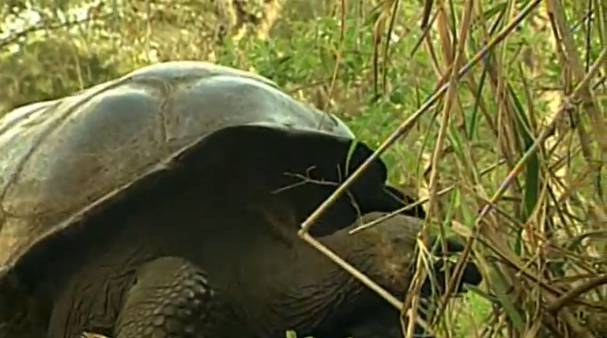
PIURA, Peru (Reuters) — Wildlife experts from Peru and Ecuador inspected the health of 27 baby Galapagos tortoises, a highly endangered species, that were recently rescued from a group of traffickers trying to take them to Europe, according to local media reports.
A group of members from Ecuador’s National Forestry and Wildlife Service (Serfor) of the Ministry of Agriculture and Irrigation said the tortoises were in good health.
After a morphological evaluation, specialists concluded the tortoises were in fact Galapagos tortoises.
Blood was extracted from the tortoises to determine which of the 11 species in the Galapagos Archipelago they belong to. The turtles were also measured, weighed and scanned for microchips. In addition, faecal samples were taken for a complementary health analysis.
The tortoises are feeding well and gaining weight at the Cecilia Margarita Zoo in Piura where they are being kept, according to local media reports.
The tortoises from Ecuador’s Galapagos Islands were found last month in a cardboard box in a bus travelling from northern Peru to Lima, according to The National Forest and Wildlife Service (Serfor).
The agency said 29 turtles were found but two had died due to the poor conditions on the trip. The surviving turtles will be repatriated to Ecuador, once they are given the go-ahead.
The Galapagos tortoise is the largest in the world and can live for more than 100 years.
This file footage shows Lonesome George, the last remaining tortoise of his kind – a giant tortoise from La Pinta, one of the smallest islands in the Galapagos – and a conservation icon, who died in 2012 of unknown causes.
Lonesome George was found in 1972 and had become a symbol of Ecuador’s Galapagos Islands, which attracts thousands of visitors per year.
The giant Galapagos tortoises were among the species that helped Charles Darwin formulate his theory of evolution in the 19th century.








